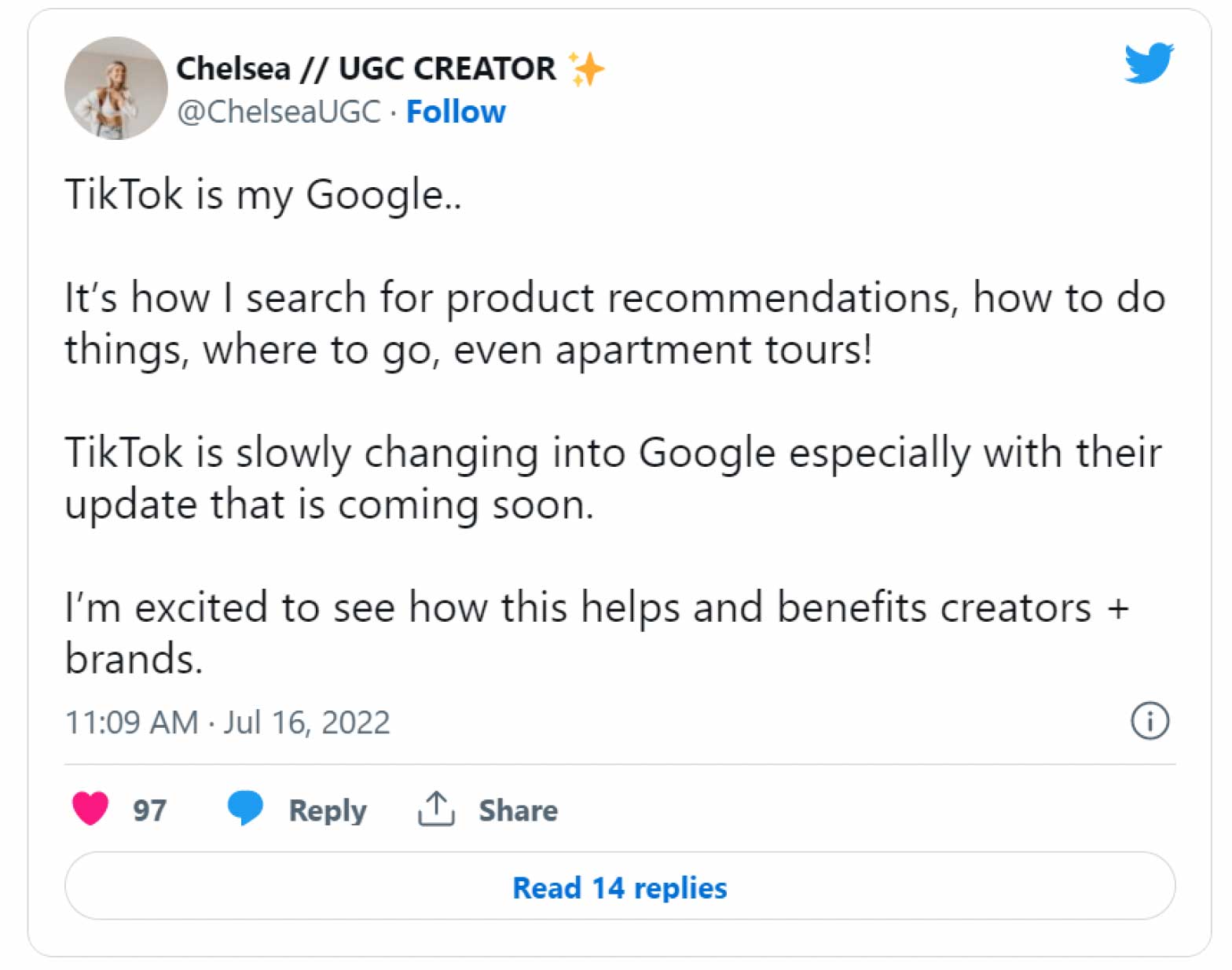TikTok continues to be a threat in the social, video and search landscape. The impact is not just to the platforms themselves but to how marketers approach capturing users’ attention.
Platform Impact:
This new social platform is redefining the larger media landscape – to the extent that other platforms are rolling out new offerings to fit the mold of TikTok’s short-form video and immensely engaging feed. YouTube introduced “shorts” quickly after Instagram rolled out “Reels,” which mimics the look and feel of TikTok videos and, in most instances, are shared there after previously being posted on TikTok.
Video Impact:
The increasing difficulty of capturing a user’s attention is not a new challenge. Marketing research firm Yankelovich suggests Americans were exposed to about 500 ads per day in the 1970’s. Most recently, this number has grown to between 4,000 and 10,000 impressions per day. And depending on your geographic location and consumption of media, those numbers could go as high as 50K impressions per day! As consumers, we have learned to become numb to ads, and a lot of the time, tend to overlook or tune out during commercials or ad breaks. Enter the 8 second mindset. This is the notion that you only have 8 seconds to capture someone’s attention and make them stop down to listen, obtain ad recall or take a desired action. This is amplified and influenced by the type of media consumers are viewing most. In the present, streaming (which is made up of mainly 15s and 30s) and social consumption (made up of 15s or less) is a lot different from when traditional television was the bulk of consumption and 30 second ads were the name of the game.
Search Impact:
According to a report by MoffettNathanson, TikTok’s ad revenue is reported to possibly overtake YouTube by 2024. Gen Z and younger Millennials are turning to TikTok over Google as their preferred search engine more and more, feeling that it’s easier to find out necessary information in a short video clip vs. reading through multiple reviews and blog posts to find the answer. According to eMarketer, almost 40% of 18- to 24-year-olds in the US go to TikTok and Instagram over Google for their search needs.
The authenticity of the content and visual aid when searching for best products or how-to videos has a much larger appeal in TikTok’s video format than standard searches and web browsing. What does this mean for Scale’s clients? There is not a one-size fits all approach to TikTok, but client’s who are looking to build up their brand (and in some cases drive actions) need to include TikTok in their 2023 strategy. However, the content strategy must be truly unique to TikTok, ensuring that creative messaging and strategy is different from other platforms. 2 out of 3 users say TikTok-specific content builds more trust, awareness and connectivity with brands. So, native content is king on TikTok, and videos should be more organic and natural in feel.
To learn more about Scale’s approach to TikTok and how to best leverage the platform, please reference our State of TikTok Deck HERE.




